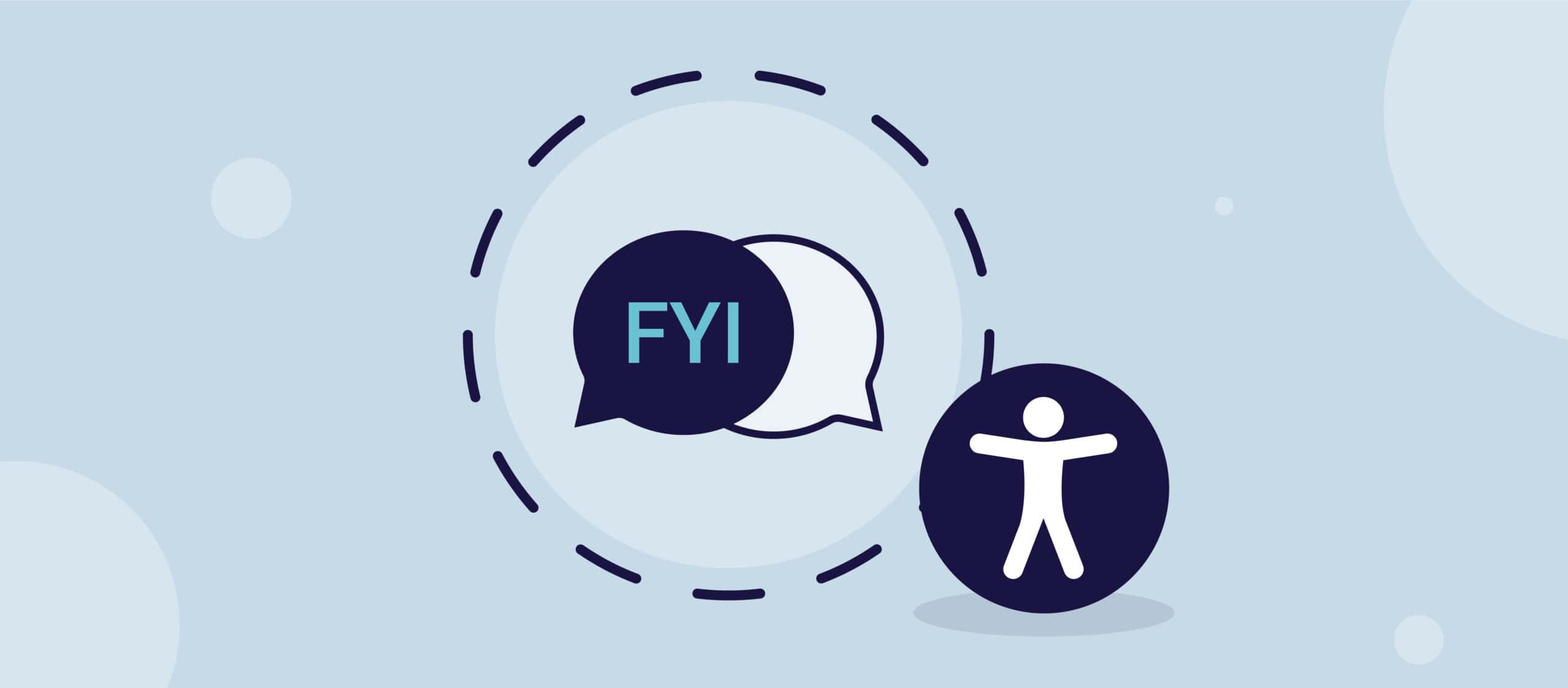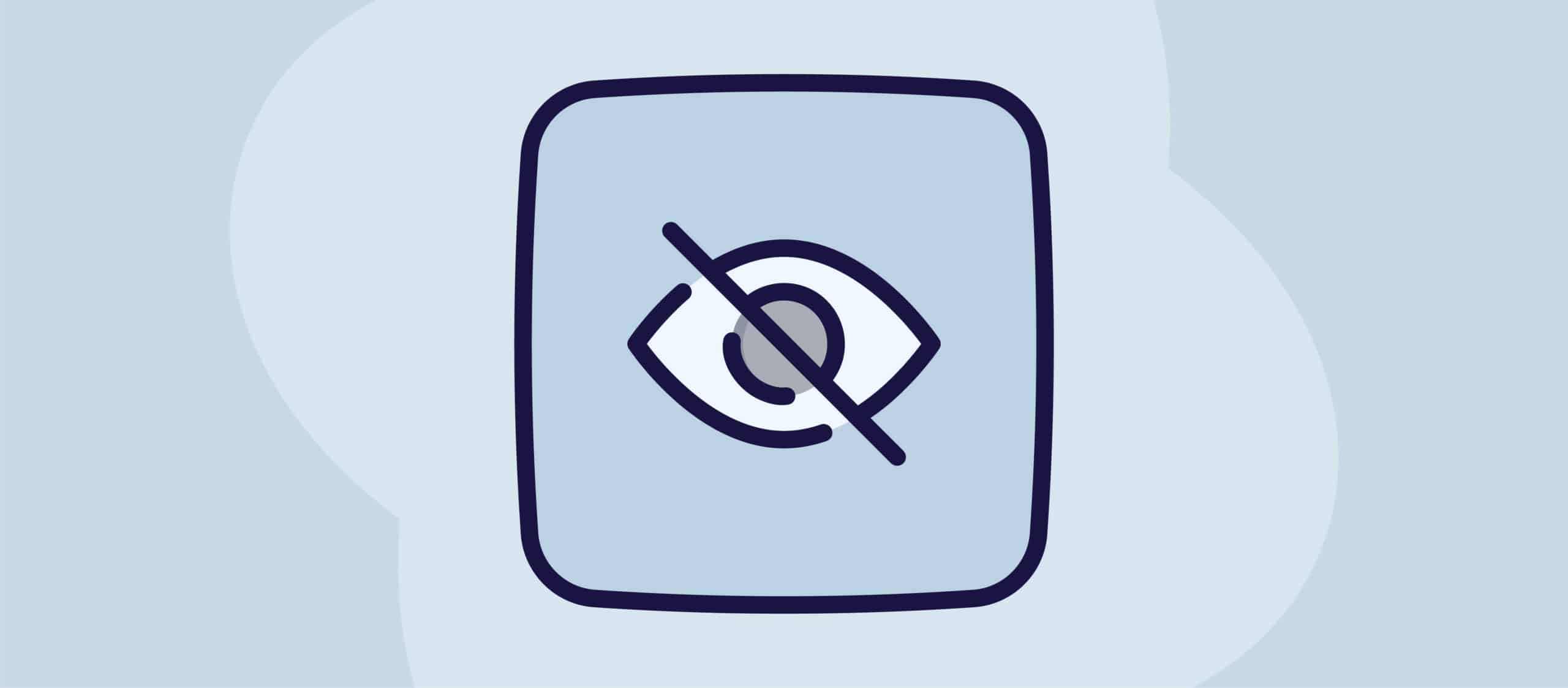Den personlige og samfunnsmessige verdien av inkluderende digitale dokumenter
I den digitale tidsalderen ser det ut til at løftene om kunstig intelligens er grenseløse. Fra selvkjørende biler til prediktive analyser - de teknologiske fremskrittene som kunstig intelligens bidrar til, virker ofte for gode til å være sanne. Og i noen tilfeller er de også det - spesielt når vi snakker om å skape tilgjengelige dokumenter. Noen leverandører eller entusiaster vil kanskje fortelle deg at kunstig intelligens kan skape fullt tilgjengelig innhold på egen hånd. Selv om det er fristende å tro på det, er det viktig å nærme seg slike påstander med forsiktighet.
Hva er tilgjengelige dokumenter?
Før vi går nærmere inn på detaljene, må vi forstå hva "tilgjengelige dokumenter" betyr. Det er filer som er utformet slik at personer med nedsatt funksjonsevne kan bruke innholdet like effektivt som alle andre. Dette innebærer blant annet å tilby alternativ tekst for bilder, sikre lesbare skriftstørrelser og farger, strukturere innholdet logisk og mye mer.
Hvorfor kan ikke kunstig intelligens alene sikre tilgjengelighet?
Nyanser i menneskelig tolkning: Selv om kunstig intelligens er avansert, sliter den med den nyanserte forståelsen som mennesker fra naturens side besitter. For eksempel krever det å gi en meningsfull alternativ tekst til et bilde at man forstår konteksten og relevansen av bildet i dokumentet. AI kan gjenkjenne et bilde av en person i nærheten av et tre, men fanger kanskje ikke opp følelsen eller det dypere budskapet som bildet er ment å formidle.
Mangel på kontekstuell forståelse: AI-modeller tolker data basert på opplæringen de har fått. De mangler den iboende menneskelige evnen til å oppfatte den bredere konteksten som innholdet eksisterer i. Det betyr at selv om kunstig intelligens kan identifisere manglende tagger eller strukturelle elementer, er det ikke sikkert at den ser om dokumentet virkelig gir en inkluderende brukeropplevelse.
Vektlegging av generalisering: Et av hovedmålene med kunstig intelligens, spesielt maskinlæring, er å generalisere ut fra dataene den er trent på. Men tilgjengelighet krever ofte personlig tilpasning basert på spesifikke behov. Det som er tilgjengelig for én person, er kanskje ikke det for en annen.
Overdreven tillit kan føre til feil: Hvis vi bare stoler på at kunstig intelligens skal sørge for at innholdet vårt er tilgjengelig, er det lett å bli selvtilfreds. Denne overtroen kan føre til feil som kunne ha blitt oppdaget ved en menneskelig gjennomgang.
Den ideelle tilnærmingen: Samarbeid mellom kunstig intelligens og mennesker
I stedet for å se på AI som den eneste løsningen, bør vi se på det som et verdifullt verktøy i verktøykassen for universell utforming. Slik kan samarbeidet fungere:
- Automatiserte kontroller: AI kan raskt identifisere manglende tagger, feil hierarkier eller andre strukturelle elementer som kan påvirke tilgjengeligheten.
- Menneskelig gjennomgang: Etter en innledende AI-gjennomgang kan menneskelige eksperter gå gjennom dokumentet og bruke sin nyanserte forståelse og kontekstuelle bevissthet for å sikre reell tilgjengelighet.
- Iterativ prosess: AI lærer av sine feil. Ved å kombinere AIs evner med menneskelige tilbakemeldinger kan vi forbedre prosessen, slik at hver iterasjon blir bedre enn den forrige.
Konklusjon
AI har et enormt potensial, og det er ingen tvil om at det kommer til å spille en avgjørende rolle i fremtidens arbeid med å skape tilgjengelig innhold. Men å stole blindt på at kunstig intelligens skal håndtere hele denne oppgaven, er for tidlig og kan være skadelig. Ekte tilgjengelighet oppnås gjennom en kombinasjon av teknologiske fremskritt og menneskelig berøring, noe som sikrer at alle, uavhengig av funksjonsevne, kan få tilgang til og dra nytte av digitalt innhold.


